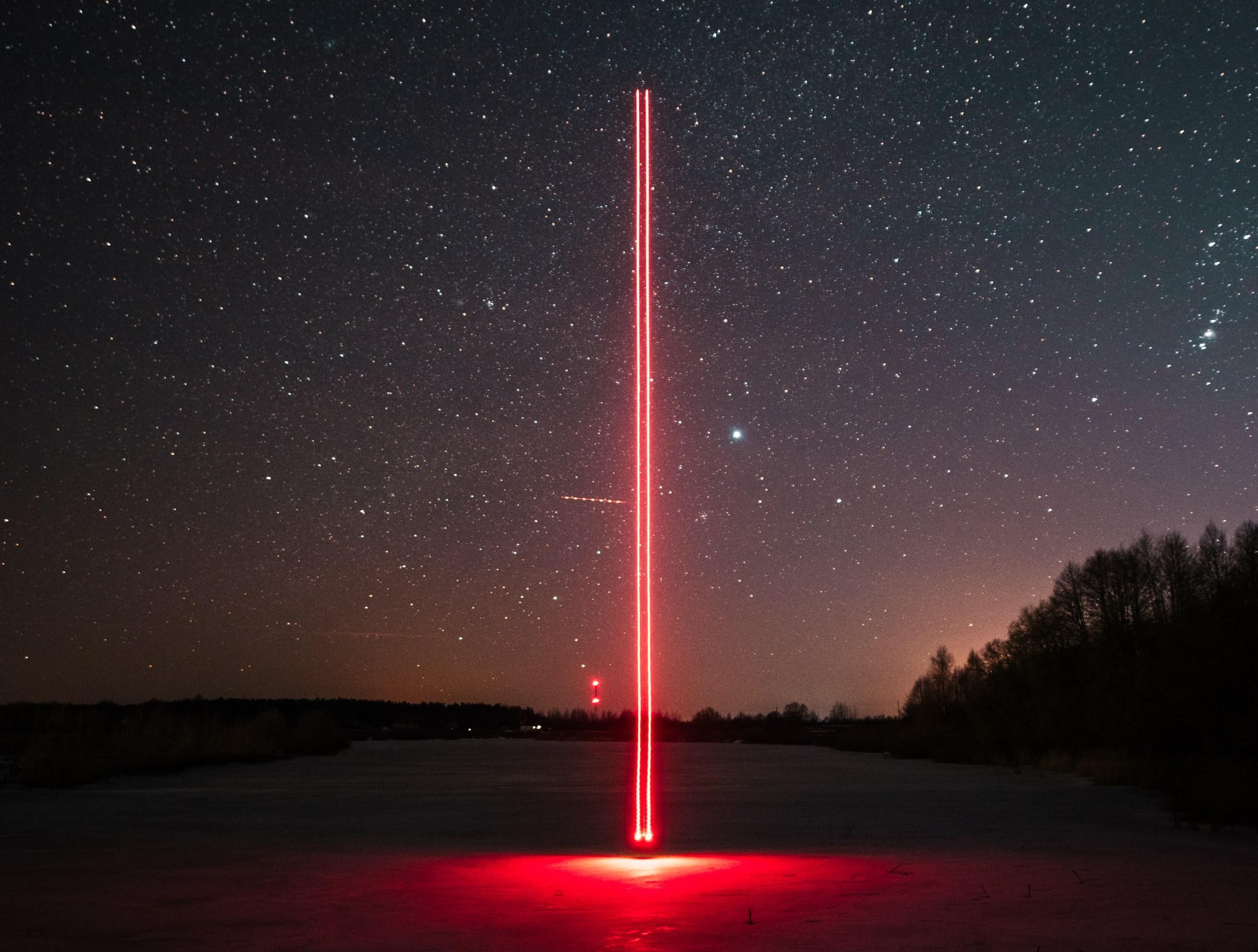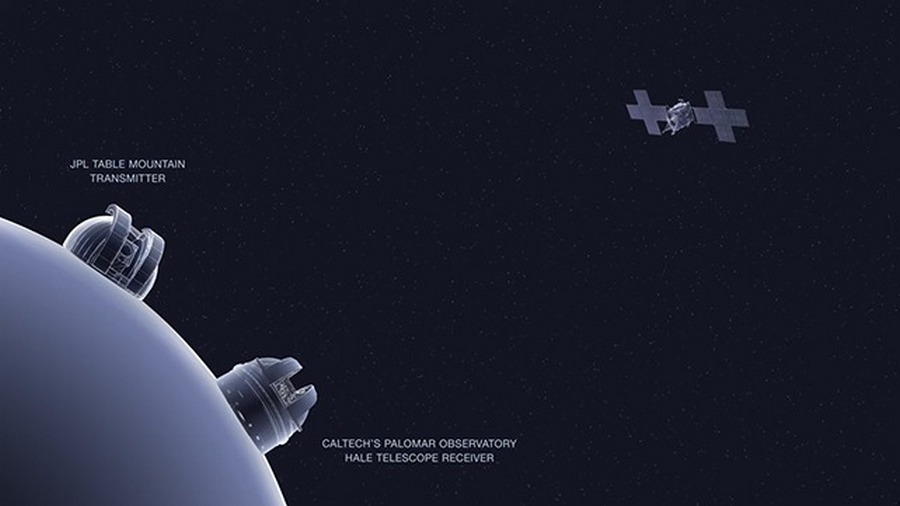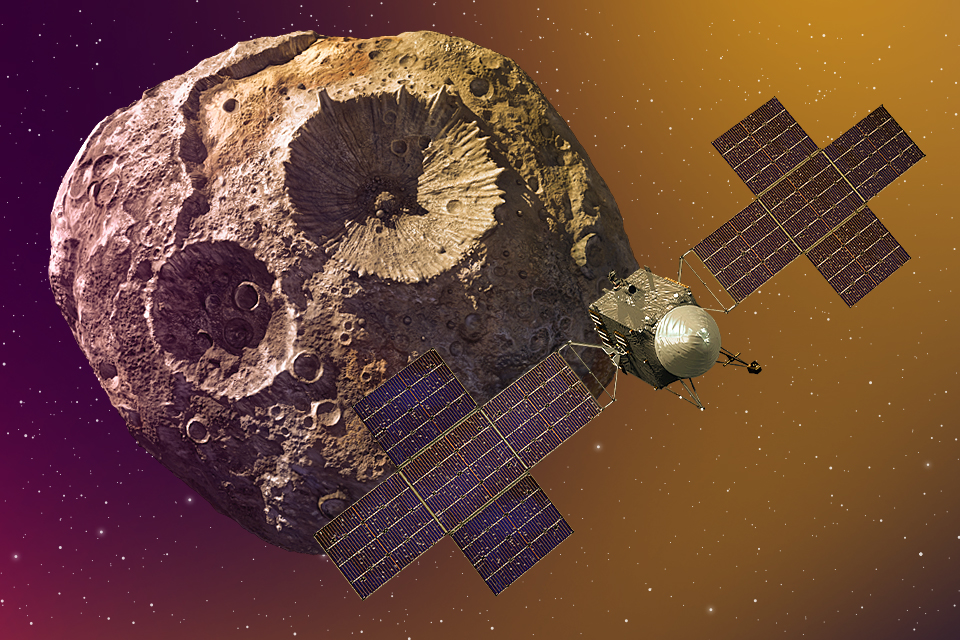The US National Aeronautics and Space Administration (NASA) demonstrated an important technological innovation in its ambitious desire to explore space. The newest experiment consisted of transmitting messages using a laser beam over an incredible distance of 16 million km, i.e., almost 40 times more than the average radius of the Moon’s orbit. For the first time in history, optical communication was used at such a long distance.

Traditionally, radio waves are used to communicate with spacecraft. But this time, scientists decided to use near-infrared radiation. This solution allows them to significantly increase the bandwidth and data transfer rates. If this technology proves to be effective, it will provide the ability to send not only photos but even high-resolution videos without significant delays or loss of quality from other planets in the Solar System.
First Light experiment
The experiment conducted as part of NASA’s Deep Space Optical Communications (DSOC) program was another step towards the creation of high-speed and efficient communication methods. The successful establishment of communication over a great distance has already been called First Light.
Optical communication technology is based on the use of high-frequency pulsed radiation, in particular in the near infrared range, which provides a significant increase in bandwidth. This approach allows for an increase in the data transfer rate, which is especially important for space missions, where every second is of great importance.

The choice of the infrared spectrum allows engineers to transmit radiation in the form of a laser beam. Due to this, energy is concentrated in a narrow channel, reducing costs and decreasing the possibility of signal distortion compared to radio waves.
Engineering challenge
But setting up an optical data transmission system is a big technical challenge. This requires the creation of powerful technical instruments — in particular superconducting high-efficiency detector arrays, for preparing information for transmission and decoding it at the other end.

During the last stage of testing, laser photons successfully travelled 16 million kilometres from the spacecraft to the telescope in 50 seconds. At the same time, both the transmitter and receiver were moving in space at a high relative speed.
The laser receiver used to establish communication is installed on board the Psyche spacecraft, which is currently heading to the Main Asteroid Belt between Mars and Jupiter. It is important to note that its mission involves a flyby of Mars, so testing of the latest technology will continue to improve its effectiveness in various conditions.
Earlier, we reported on how a NASA laser looked under the blanket of a tropical forest.
According to sciencealert.com
Follow us on Twitter to get the most interesting space news in time
https://twitter.com/ust_magazine


